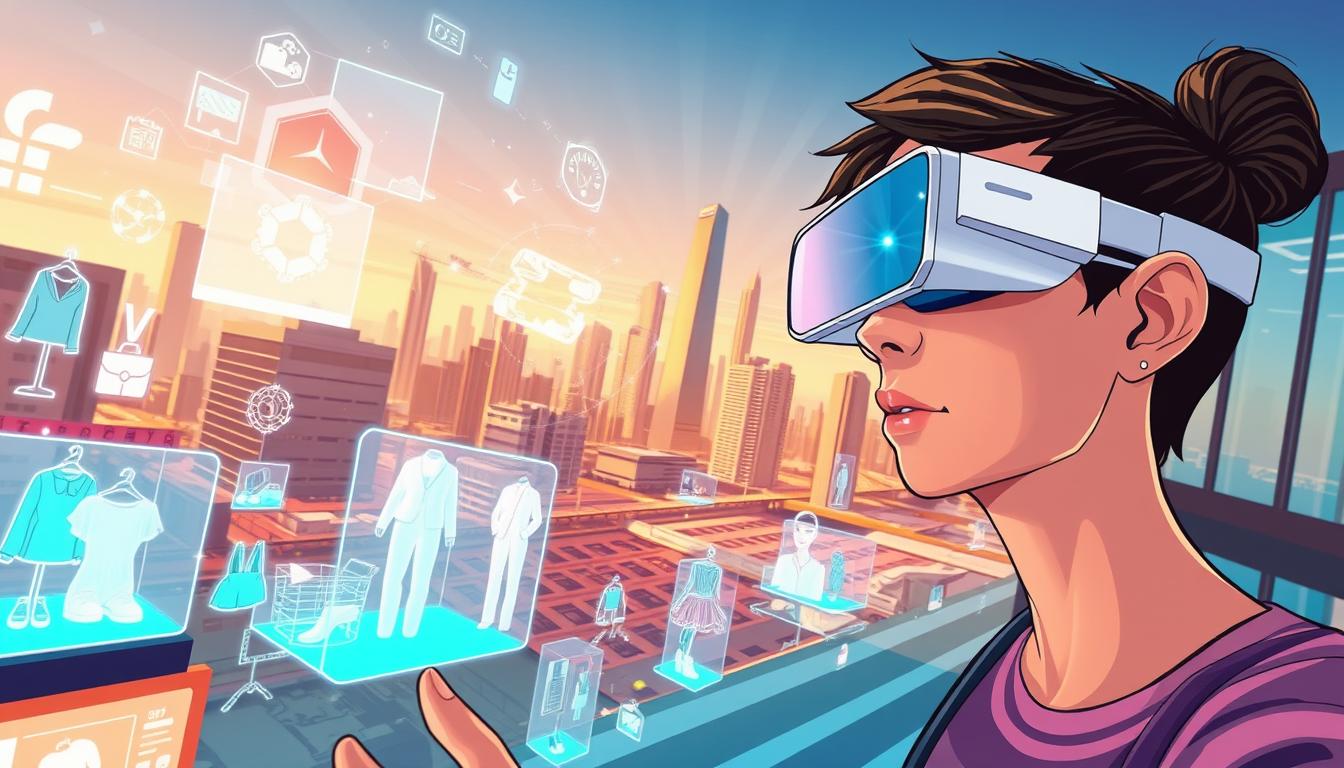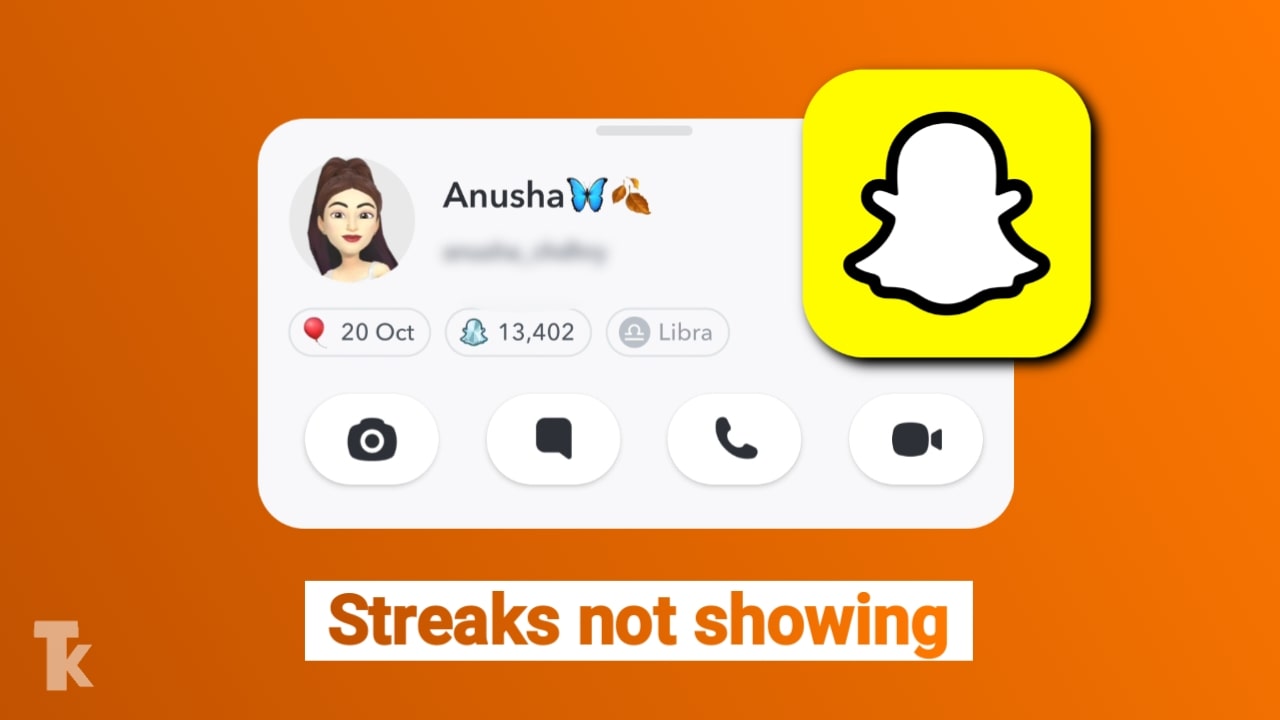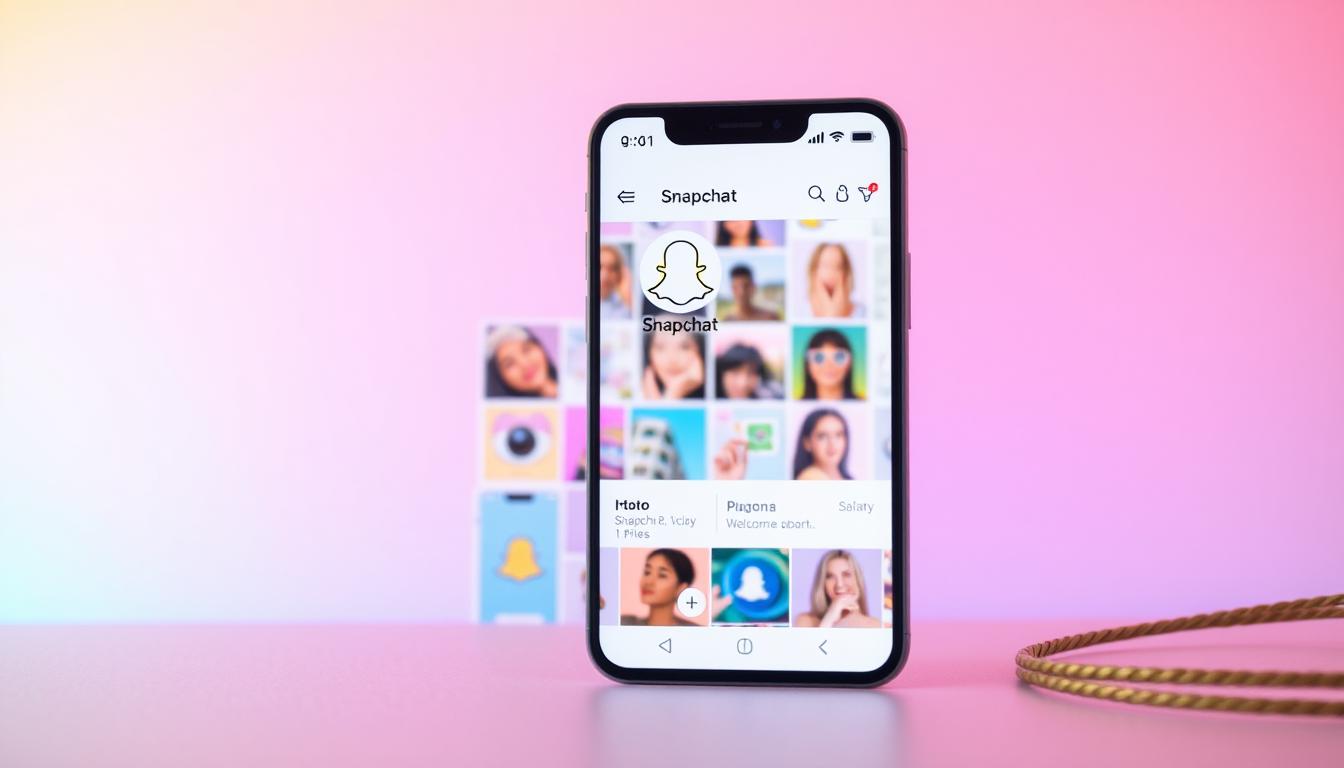Executive Summary: Augmented Reality is transforming from a novelty into a critical retail conversion engine. This guide details how to leverage LiDAR integration and markerless tracking to slash returns. We unpack the technical essentials—including the 3D asset pipeline, texture baking, and choosing between glTF vs USDZ—while providing actionable strategies for Shopify AR Quick Look, managing biometric data privacy, and maximizing your AR return on ad spend (ROAS).
One recent study found that virtual try-ons can lift conversions by up to 250%. That number shows how quickly a clear visual cue can turn a browser into a buyer.
Augmented Reality shopping now lets customers use a phone or headset to preview products on their bodies or in their homes before they commit. New phone cameras with LiDAR integration and ToF have made this tech easier to use, and major players like Apple and Google keep pushing tools that speed adoption.
In this guide, we map how AR filters and virtual try-ons close the gap between browsing and buying. You’ll learn where these tools fit in your funnel, how they cut returns, and how they boost add-to-cart and conversion rates.
We keep the focus on outcomes and your customers. Expect practical steps, simple asset guidance, and a checklist that helps you run low-lift pilots that support your brand and improve the shopping experience.
Key Takeaways
- You’ll see how AR increases confidence and reduces returns.
- Low-code filters and try-ons can live on social, web, and in-store channels.
- Focus on clear KPIs: add-to-cart, conversion rate, and return rate.
- Modern phone sensors make deployment easier today.
- Start small with a pilot, then scale based on customer impact.
What AR Shopping Is and Why It Matters Now
Today, phone cameras can layer digital products over the world you see, letting buyers test fit and scale in real time. Think of this as a simple, visual bridge between browsing and buying. It puts products into a customer’s environment so they can judge size, style, and placement without visiting a store.
The key difference from virtual reality is clear: you keep the real world in view while adding useful digital cues. That makes the shopping experience practical for everyday use.
Hardware and platform advances make this accessible. Seamless LiDAR integration and improved depth sensing help place items accurately. Toolsets like Apple’s ARKit and Google’s developer tools lower the technical bar for retailers and creators.
- Why it matters now: customers expect richer digital interactions, and AR makes the experience more informative with less friction.
- Retail impact: the industry is moving fast—market projections show big growth, so small brands can use this way to compete.
- Where it helps most: apparel, beauty, footwear, furniture, and accessories all gain clearer purchasing signals.
We’ll show how to position these tools on product pages and in navigation so you deliver value to consumers without heavy lifts.
The Data: How AR Closes Conversion Gaps
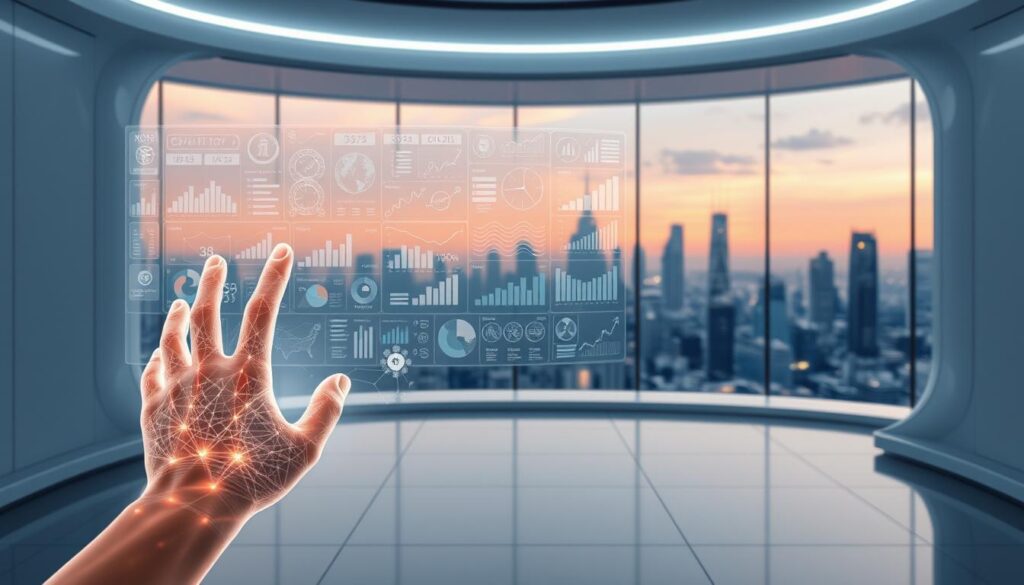
Real-time product visualization turns vague interest into measurable intent.
The market moved fast: from $40.12B in 2022 to a projected $1.19T by 2032. This growth shows the technology is shifting from experiment to must-have for retail teams.
Demand from consumers is clear. Sixty-six percent say they want AR while shopping. By 2025, 76% expect to use it daily. That signals readiness among shoppers and customers alike.
- AR users are 19.8% more likely to make a purchase than non-users.
- Seventy-one percent would shop more with AR, and 40% would pay more after testing an item.
- Branded AR experiences capture 41% more attention, helping products and brands stand out.
| Metric | Baseline | With AR | Lift |
|---|---|---|---|
| Conversion rate | 2.5% | 3.0% | +20% |
| Purchase likelihood | — | 19.8% higher | +19.8% |
| Attention (brand) | Standard ads | Branded AR | +41% |
| Willingness to pay | Standard | After AR test | +40% |
Practical takeaway: add clear visual tools for items where fit, scale, or color matter most. We see lower returns, higher confidence, and faster purchase decisions when customers can try before they buy.
Social Media AR Filters That Sell
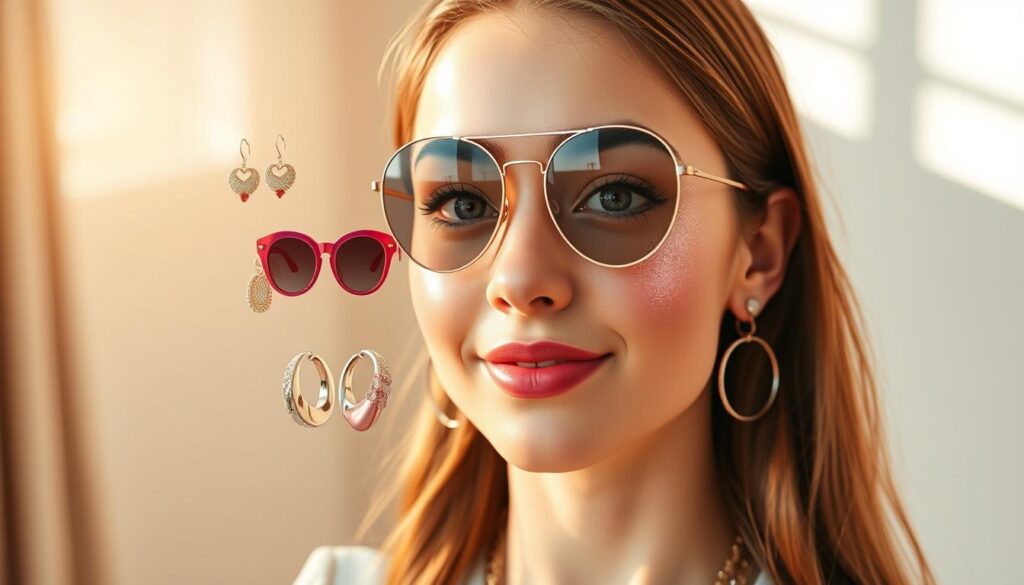
Social channels now double as interactive storefronts where filters turn browsers into buyers.
Snapchat and Instagram act like portable stores. Snapchat’s partnership with OPI shows how users can virtually try nail colors in the camera and move fast from play to purchase.
Production tips: Lens Studio and Meta Spark
Build lenses with SnapAR Lens Studio or Meta Spark for Facebook and Instagram. You still need solid 3D assets to keep renders realistic and on-brand.
- Start with one hero product and a few variants to validate engagement.
- Keep textures light, load times short, and gestures simple so users explore rather than troubleshoot.
- Repurpose assets across app, site, and ads to save budget and keep consistency.
From awareness to purchase
Tie filters directly to Shops or product pages so discovery becomes checkout in fewer taps. Measure saves, shares, and clicks to see which effects drive revenue.
Use social media filters as a low-cost, high-engagement entry point for your brand. They make testing products simple, boost attention, and shorten the path to conversion.
Virtual Try-On: From Beauty to Footwear
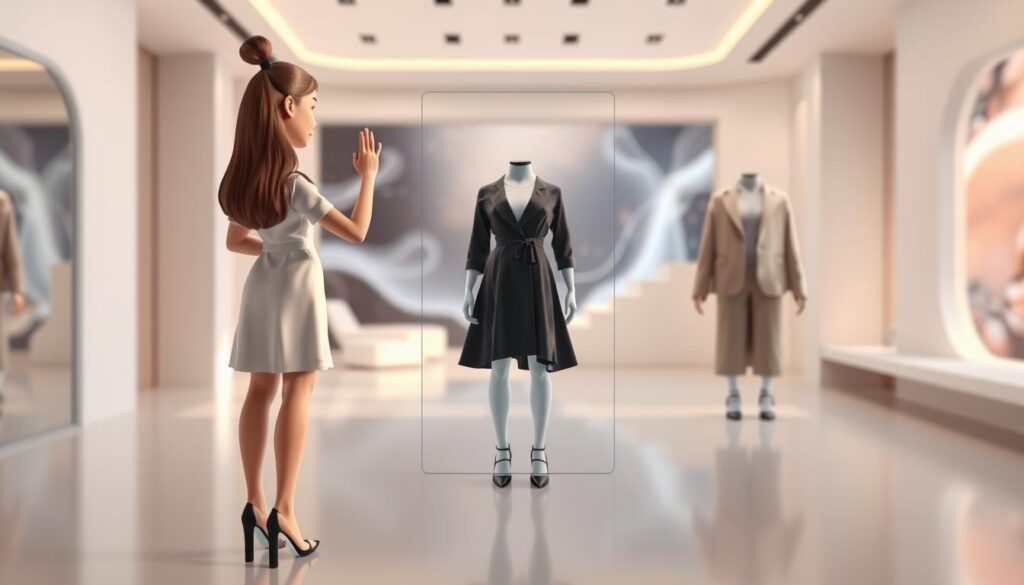
Seeing a lipstick shade or shoe on your own body makes the decision feel simpler and more certain.
Start with high-impact categories. Makeup, eyewear, and shoes deliver immediate value because customers can instantly judge fit and color. That quick visual reduces returns and speeds the path to purchase.
Fit visualization that reduces uncertainty
Keep the interface simple. Offer one toggle to swap colors or styles and a clear “view details” link to the product page.
Conversion lift and loyalty
Engaging try-ons build trust. When users virtually try products, add-to-cart rates rise and loyalty follows. Track add-to-cart lift and return-rate drops to measure ROI.
Real-world examples
Amazon’s shoe feature activates the phone camera so shoppers can preview colors and save photos. Adidas uses app try-ons to show models on-foot before purchase, removing guesswork even when sizing isn’t perfect.
- Educate in overlays: finish, shade notes, and materials.
- Let customers save and share snapshots to drive referrals.
- Use VTO analytics (popular shades, time-in-experience) to refine merchandising.
| Use Case | Benefit | Metric to Track |
|---|---|---|
| Makeup virtual try-on | Better shade match | Return rate ↓, conversion ↑ |
| Eyewear try-on | Fit & style confidence | Add-to-cart lift |
| Footwear previews | Visualized on-foot look | Share rate & time-in-experience |
See-It-In-Your-Room Virtual Showrooms
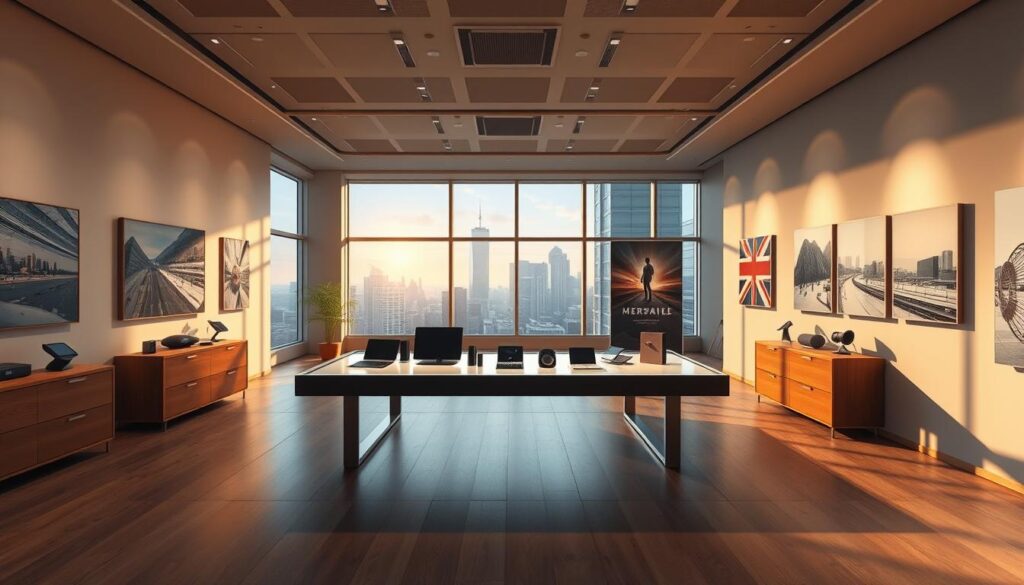
Seeing a product at true scale in your own room answers the first question most buyers ask: will it fit? Room-scale previews remove guesswork for furniture, TVs, and other bulky items. They turn abstract product pages into clear, confident decisions.
IKEA Kreativ shows the best practice: LiDAR scans create a 3D replica of a room, remove existing furniture, and place new products true-to-scale. That eliminates manual measuring and speeds purchase confidence.
How to design useful in-room experiences
- Use room-scale AR to answer “will it fit and look right here?” before customers commit.
- Offer simple on-screen prompts to detect planes and set orientation for accurate placement.
- Include quick dimensions and finish swatches in the overlay so shoppers compare items without leaving the view.
- Optimize 3D models for fast mobile load while keeping materials realistic enough to convey quality.
- Place Add to cart and Check availability buttons within reach to make checkout seamless.
Brands like Amazon and Gunner Kennels show the payoff. Gunner’s context-aware placement increased conversions by 40% and cut returns by 5%. For retail teams, this is a low-friction way to let customers virtually try large items before they buy.
Learn more about building effective virtual showrooms and best practices for product placement.
In-Store Innovations: AR Mirrors and Gamified Journeys
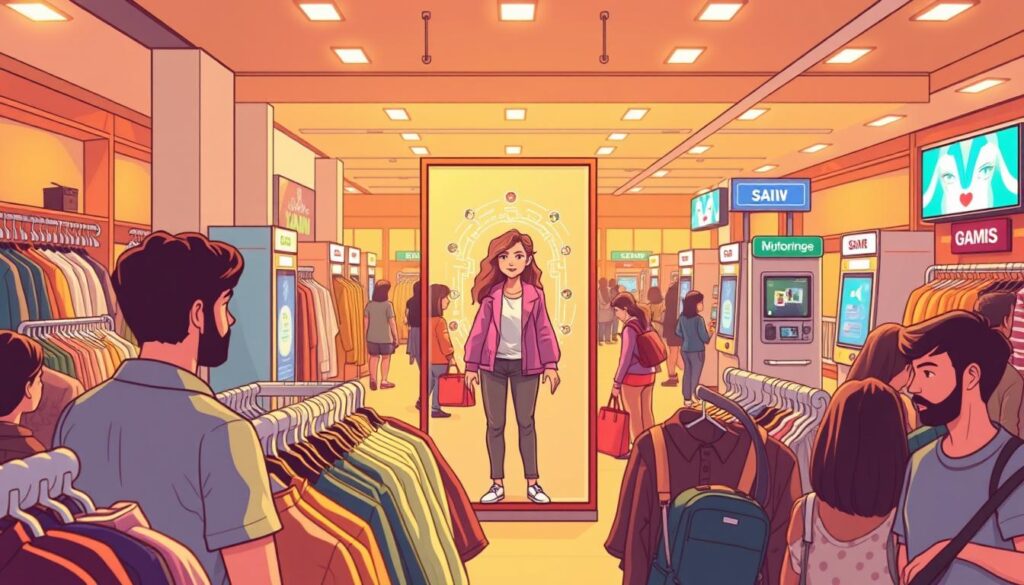
Smart mirrors and shelf-triggered games are changing how people move through a store and try products. These tools make the in-store shopping experience faster, cleaner, and more memorable for customers.
AR mirrors for try-before-touch
The smart mirror market was $3.8B in 2022 and is on track to exceed $9B within a decade. MAC Cosmetics uses mirror tech so customers can test shades without physical contact. That reduces mess and speeds decisions.
Gamified aisles that boost dwell time
Tesco’s Discover app ties AR prompts to specific products. Shoppers scan items or shelves to unlock challenges and rewards. This approach increases engagement and repeat visits.
Living labels and immersive stories
19 Crimes uses animated bottle labels to tell stories and encourage collecting. These moments turn product discovery into social content and help brands stand out on the shelf.
Practical roll-out tips:
- Use mirrors for hygienic virtual try-on that speeds conversions.
- Plan total cost of ownership: hardware, software updates, and content maintenance.
- Pair scavenger challenges with small rewards and share prompts to extend reach.
- Place QR codes at shelves and ensure strong connectivity zones for smooth performance.
- Train associates to guide customers and link experiences to promotions.
Measure success by tracking dwell time, scans, and assisted conversions. Start with a single store pilot, learn fast, and scale what drives customer value.
For a practical checklist on store deployment and partner options, see our in-store AR guide.
Brand Playbook: Real-World Wins You Can Model
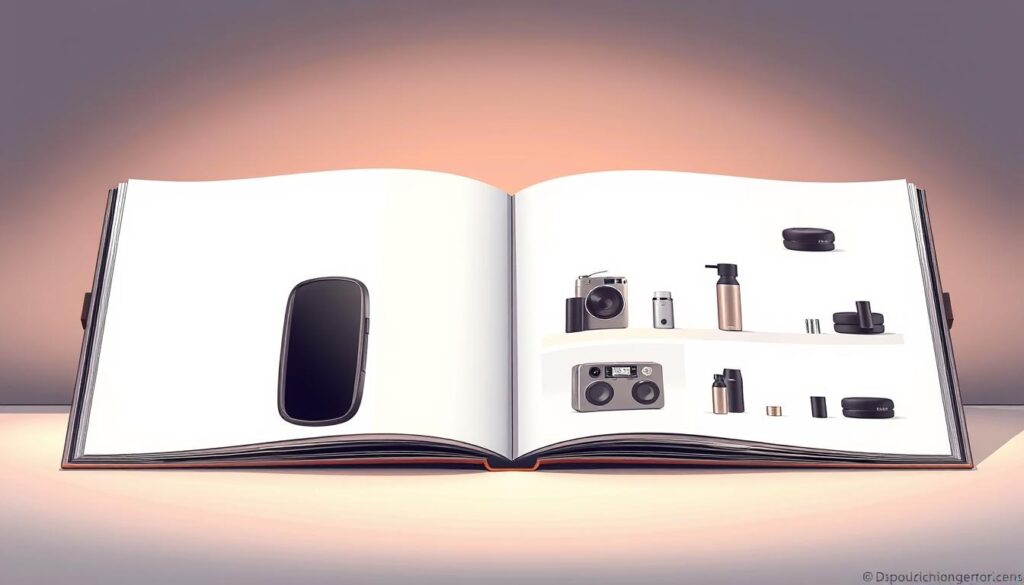
Real brands are turning experiments into repeatable playbooks that any retailer can copy.
Rebecca Minkoff found clear gains by prioritizing high-impact products. Customers were 27% more likely to order after viewing 3D models and 65% more likely after interacting with AR. Start with one hero SKU, add a 3D view, and track add-to-cart and conversion.
Gunner Kennels
Gunner used sizing tools to show fit at scale. Results: +40% conversions and a 5% drop in returns. Use markerless tracking for bulky products so customers see true fit without guesswork.
Burberry + Google
Burberry pushed 3D previews into search. That set expectations earlier in the funnel and broadened reach. Extend your product previews beyond the PDP to capture intent sooner.
Toyota
Toyota built an AR app with ARKit and machine learning to recognize vehicles and overlay accessories. Markerless recognition simplified setup and let customers visualize add-ons quickly.
Quick tactical checklist:
- Start small: one product, one channel, one KPI.
- Keep assets consistent across social media, web, and store experiences.
- Reuse 3D models across campaigns to cut cost and speed launches.
- Document outcomes so teams see how this technology affects revenue and retention.
| Brand | Action | Outcome |
|---|---|---|
| Rebecca Minkoff | 3D models + AR interaction on PDP | Order likelihood +27%; interaction lift +65% |
| Gunner Kennels | AR sizing for large products | Conversions +40%; returns −5% |
| Burberry | 3D previews in search results | Higher intent capture; better expectations |
| Toyota | Markerless accessory overlay via ARKit | Faster visualization; simpler setup for customers |
How to Implement AR Without Burning Budget
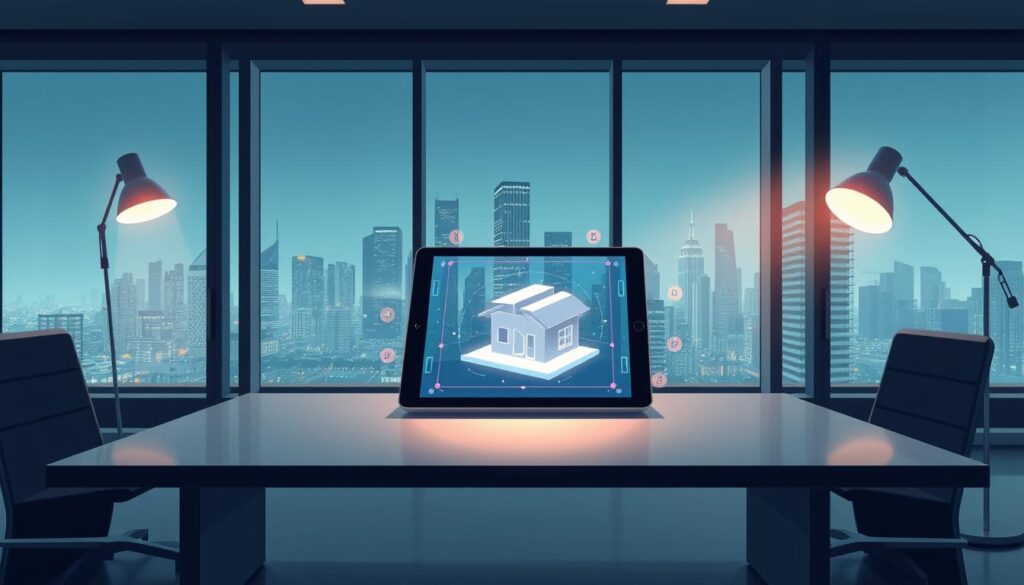
You can launch camera-led product previews without blowing your budget by using platform tools and careful asset planning.
Decide whether to build or buy. Native SDKs like ARKit and ARCore give you full control of the technology and custom features. Commerce options such as Shopify AR Quick Look and Amazon tools cut time-to-market and work well for a single store or catalog.
3D pipeline basics
Establish a robust 3D asset pipeline: model to the needed level of detail, use PBR textures, apply texture baking to reduce file size, and compress assets for mobile. Understanding the difference between glTF vs USDZ is vital for cross-platform compatibility (Android vs iOS), so plan to support both formats. Test on mid-range phones, not only flagships, so most customers get a smooth experience.
Privacy and accessibility
Make camera activation explicit. Address biometric data privacy concerns by showing consent text and a visible exit so users feel in control. Add alt text, voice guidance, and high-contrast UI to improve accessibility.
- Controls: tap, rotate, pinch, reset—add short tooltips.
- Assets: name files with scale units and reuse across campaigns.
- Metrics: track cost per AR session and revenue per AR user to validate ROI.
| Path | Speed | Cost | Best for |
|---|---|---|---|
| Native SDKs (ARKit/ARCore) | Medium–slow | Higher (dev) | Custom features, brand control |
| Shopify AR | Fast | Lower | Product pages, quick rollout |
| Amazon “See in your room” | Fast | Low–medium | Large catalogs, discoverability |
Augmented Reality shopping: Quick Wins, KPIs, and Tech Stack
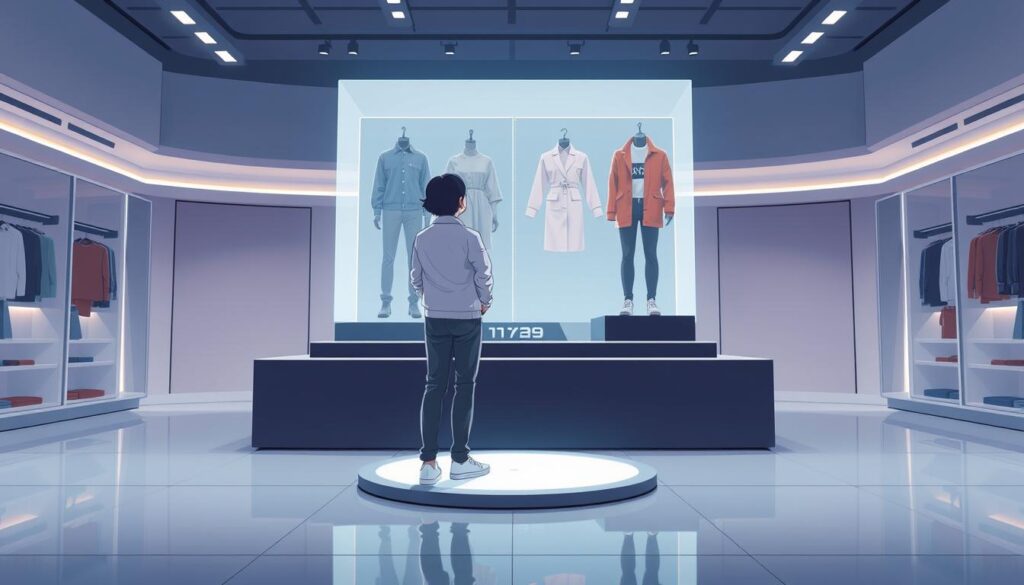
You can score quick wins by shipping three focused experiences: a virtual try-on for bestsellers, a see-in-room view for bulky goods, and a social lens that links to your PDP.
Quick wins
Start small. Launch a VTO for one hero SKU, add a room preview for furniture, and publish a social media lens tied to product pages.
PacSun and M&S proved this works: in-store displays and AR wayfinding increase dwell and speed purchase paths for customers.
Measure what matters
Set KPIs up front: conversion rate, return rate, time-on-experience, share/save rate, and PDP click-throughs.
“Instrument end-to-end analytics so you can attribute revenue to AR sessions to accurately calculate your AR return on ad spend (ROAS).”
Tech stack picks
Build mobile-first. Optimize for current iOS and Android cameras. Prepare for LiDAR/ToF where available and keep fallbacks for standard devices.
| Pick | Why | Best for |
|---|---|---|
| Mobile-first SDKs | Fast rollouts, broad reach | Most customers |
| LiDAR/ToF ready | True-scale placement | Furniture, bulky items |
| Shopify/Amazon tools | Quick commerce links | Small catalogs |
Create governance for 3D assets, name files, and compress for fast loads. Roadmap future pilots like smart glasses only after your mobile work consistently hits targets.
Conclusion
Today, camera-led product previews are a practical growth tool for brands and stores.
They help customers decide faster and with more confidence. You can launch social filters, virtual try-ons, or see-in-room previews without a huge budget. Start with one hero product and link the feature directly to your PDP and checkout to cut steps to purchase.
Measure the impact with conversion, return, and time-in-experience metrics. Use what you learn to expand to more items and channels. Keep interactions simple, guide users with short prompts, and be explicit about camera privacy to build trust.
These reality technology features already deliver results for retailers and consumers. Start small this quarter, iterate with real users, and turn this tool into a repeatable growth lever for your brand.
FAQ
What do we mean by AR filters and virtual try-ons, and why do they close conversion gaps?
These are camera-driven experiences that let shoppers virtually try products—makeup, clothing, shoes, furniture—before they buy. They reduce uncertainty, lower return rates, and raise conversion by giving customers confidence. Brands using virtual try-on often see higher add-to-cart rates and longer engagement, which drives sales and loyalty.
Why does this technology matter for small retailers and social media beginners now?
Camera-first features are built into platforms you already use, like Instagram, Snapchat, and Amazon. That makes adoption practical and affordable. For small businesses, a single try-on or room-visualization can turn a scroll into a sale and improve post-purchase satisfaction.
What evidence shows these tools move the needle on revenue?
Market growth and consumer surveys show momentum—spending and interest are rising fast. Case studies demonstrate tangible lifts: higher conversion rates, fewer returns, and stronger customer loyalty when shoppers can see products on themselves or in their space.
Which social platforms work best as AR storefronts, and can you give a real example?
Snapchat and Instagram lead for social lenses and try-ons. OPI, for example, offers a nail polish color try-on that lets users preview shades and then link to product pages, shortening the path from discovery to purchase.
What production tools should I consider for social filters and 3D assets?
Start with Lens Studio (Snap) and Meta Spark (Instagram). Learn basic 3D modeling, PBR textures, and optimization for mobile. If you lack in-house skills, use third-party studios or Shopify AR integrations to speed deployment.
How do you connect social AR experiences to actual sales pages?
Link lenses to Shops, product detail pages (PDPs), or in-app checkout. Use clear CTAs and deep links so users can move from try-on to cart without friction. Track clicks, shares, and conversion to measure ROI.
Which product categories benefit most from virtual try-on?
Beauty, eyewear, footwear, and apparel see big wins because fit and look matter. Home goods—furniture and TVs—also benefit when shoppers can place items in their room to judge scale and style.
Do virtual try-ons actually reduce returns?
Yes. When shoppers better understand fit, color, and scale, uncertainty drops. Brands report fewer returns and higher repeat purchases after implementing try-ons for size-sensitive items like shoes and apparel.
Are there notable retailer examples using try-on tech effectively?
Amazon’s Virtual Try-On for Shoes and Adidas’s footwear AR tools are strong examples. They help set customer expectations and improve the purchase experience across mobile and web.
How does “see-it-in-your-room” tech work for home goods?
These features use device cameras and sensors—sometimes LiDAR—to place true-to-scale 3D models in a shopper’s environment. IKEA’s LiDAR-powered placement tools are a leading example for furniture and decor confidence.
What in-store AR innovations help drive engagement and loyalty?
AR mirrors and gamified apps increase dwell time and fun. MAC Cosmetics’ smart mirrors and Tesco’s scavenger-style app promotions boost interaction and repeat visits by blending digital and physical shopping.
Can small brands replicate big-brand AR wins without a huge budget?
Yes. Use off-the-shelf SDKs like ARKit/ARCore, Shopify AR, or Amazon tooling. Focus on a limited set of hero SKUs for try-on, optimize 3D assets for mobile, and iterate using performance data to scale affordably.
What basic 3D pipeline skills should a retailer know?
Learn modeling, PBR textures, polygon/texture optimization, and cross-device QA. These basics ensure assets look good on phones and tablets while keeping load times low for better user experience.
What privacy and accessibility concerns should we address?
Be transparent about camera permissions, avoid unnecessary data collection, and follow privacy laws. Design experiences for diverse users—include clear labels, adjustable sizes, and alternative descriptions to keep your app inclusive.
What quick wins should brands prioritize first?
Start with try-on for hero SKUs, see-in-room for large items, and a shareable social lens. These deliver measurable boosts in conversion, time-on-experience, and social reach with modest investment.
Which KPIs matter most for these experiences?
Track conversion lift, return rate changes, time spent in the experience, share and click-through rates, and customer satisfaction scores to evaluate impact and justify scale-up.
What tech stack features should I plan for future readiness?
Choose mobile-first solutions, prepare for LiDAR or Time-of-Flight sensors, and keep an eye on smart glasses as a next frontier. Use cloud-hosted 3D asset management to streamline updates across channels.
How do brands measure ROI from AR and virtual try-ons?
Combine direct metrics—add-to-cart, conversion, AOV—with indirect signals like reduced returns, higher CLV, and increased social shares. A/B test experiences to isolate their impact on sales and loyalty.
Are there compliance or legal issues to watch when using camera features?
Yes. Follow platform guidelines, obtain clear user consent for camera access, and comply with data protection regulations like CCPA. Ensure any user images aren’t retained without permission.
How can we encourage users to try and share AR experiences?
Use social-native formats, offer incentives (discounts, gamified rewards), and design share-friendly moments—filters or before/after screenshots—to increase organic reach and word-of-mouth.
What are some measurable long-term benefits of adopting this tech?
Over time you can expect stronger brand differentiation, increased customer loyalty, better product-market fit insights from usage data, and a durable uplift in conversion and retention.
